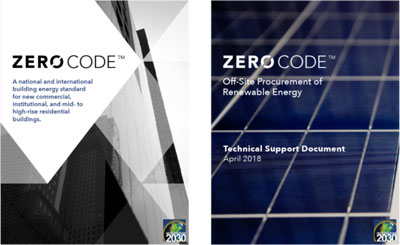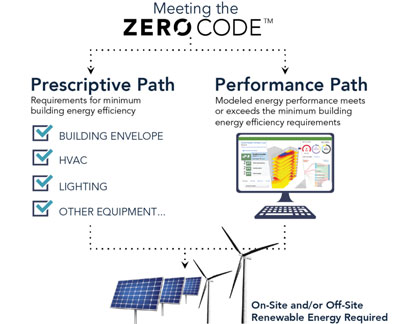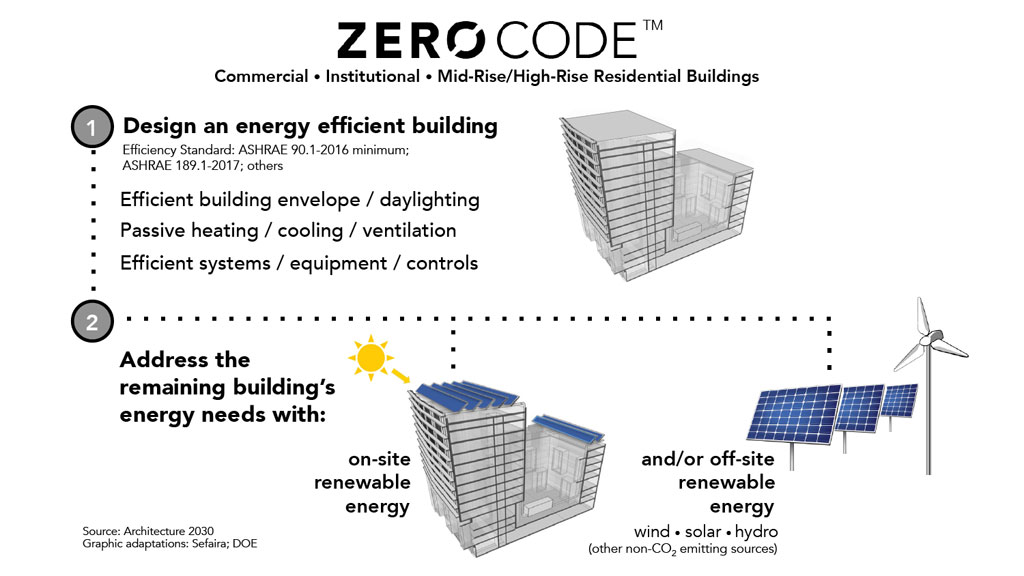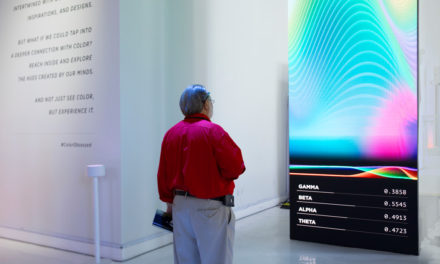Introducing the first national and international ZERO Code for new commercial, institutional, and mid- to high-rise residential buildings.
The world is currently undergoing the largest wave of urban growth in human history. More than half of the global population is now concentrated in urban areas, and by 2060 two thirds of the expected population of 10 billion will live in cities.
 We are adding about 1.5 million people to cities every week for the foreseeable future.
We are adding about 1.5 million people to cities every week for the foreseeable future.
These new city dwellers will need housing and services, from schools, offices, and health facilities to airports and train stations.
Reflect for a minute on the following United Nations projection:
By 2060, the world is projected to add 230 billion m2 (2.5 trillion ft2) of buildings, or an area equal to the entire current global building stock*. This is the equivalent of adding an entire New York City to the planet every 34 days for the next 40 years.
*UN Environment, Global Status Report 2017
In order to achieve the target set by the Paris Agreement – to limit the rise in global average temperature to below the 2 degree C threshold – all new construction must be designed to high energy efficiency standards and use no CO2-emitting fossil fuel energy to operate; by 2050 the entire built environment must be carbon neutral.
Why is the ZERO Code so important today?
While there have been worldwide improvements in building sector energy efficiency, as well as growth in renewable energy generating capacity, these have not been nearly enough to offset the increase in emissions from new construction. As a result, building sector CO2 emissions have continued to rise by nearly 1% per year since 2010.
We now have a critical window of opportunity, as well as the necessary tools needed to address this massive amount of new construction before its operating emissions are locked-in for decades to come.
The ZERO Code, which can be adopted immediately, results in ZNC buildings. It accomplishes this by incorporating current and cost-effective energy efficiency standards with on-site and/or off-site renewable energy provisions.
Only by eliminating CO2 emissions from new building operations will renewable energy additions, and existing building stock energy efficiency upgrades, begin to reduce building sector emissions overall. To meet Paris Agreement targets, action is needed today to implement the ZERO Code worldwide.
Building Energy Efficiency
The ZERO Code includes prescriptive and performance paths for building energy efficiency compliance (based on current standards that are widely used by municipalities and building professionals worldwide) and is supported by compliance tools and simulation software.
While the ZERO Code incorporates the latest ASHRAE Standard 90.1-2016 requirements for minimum building efficiency, other existing or new prescriptive and performance standards can also be accommodated, such as the International Green Construction Code (IgCC), ASHRAE Standard 189.1-2017, or any building energy efficiency standards that are more stringent than ASHRAE Standard 90.1-2016.
Renewable Energy
The ZERO Code offers code adaptable language and a flexible approach for incorporating renewable energy, both through on-site generation and/or off-site procurement. By establishing a flexible approach, the ZERO Code is applicable to all new commercial and institutional buildings, and mid- to high-rise housing, including buildings with limited on-site renewable energy generating capacity (e.g. buildings in dense urban environments).
ZERO Code – Software
 The ZERO Code is supported by software that eases the implementation process and reduces errors when applying the prescriptive compliance path. An Application Program Interface (API) for the software has been developed, enabling the software to be implemented as a website or an application for smart phones and tablets. Ultimately this approach will save years and valuable resources that would otherwise be spent on developing new compliance tools and mechanisms.
The ZERO Code is supported by software that eases the implementation process and reduces errors when applying the prescriptive compliance path. An Application Program Interface (API) for the software has been developed, enabling the software to be implemented as a website or an application for smart phones and tablets. Ultimately this approach will save years and valuable resources that would otherwise be spent on developing new compliance tools and mechanisms.
ZERO Code – Adoption
The ZERO Code can be incentivized or required by adopting jurisdictions. To access the ZERO Code website, including API documentation and the simulation interface, and to download the ZERO Code and Technical Support Document for the off-site procurement of renewable energy, visit www.zero-code.org.
The ZERO Code is essential in advancing CO2 emissions reductions worldwide.
More to Come
The California ZERO Code, supported by the California Governor’s Office and California Energy Commission, is in development and will be presented at the Climate Action Summit being held in San Francisco, September 12 – 14, 2018. The creation of a ZERO Code industry standard is also being discussed with colleagues and professional organizations in China.
Next Up
And, if we’re serious about addressing climate change and meeting the Paris Agreement targets, we must also decarbonize building materials and construction processes, and begin renovating the existing global building stock to ZNC standards, NOW! New advances, tools and strategies to accomplish this will be presented in upcoming E-News Bulletins.
Stay tuned! Get the latest news and developments from Architecture 2030 – sign up here.





